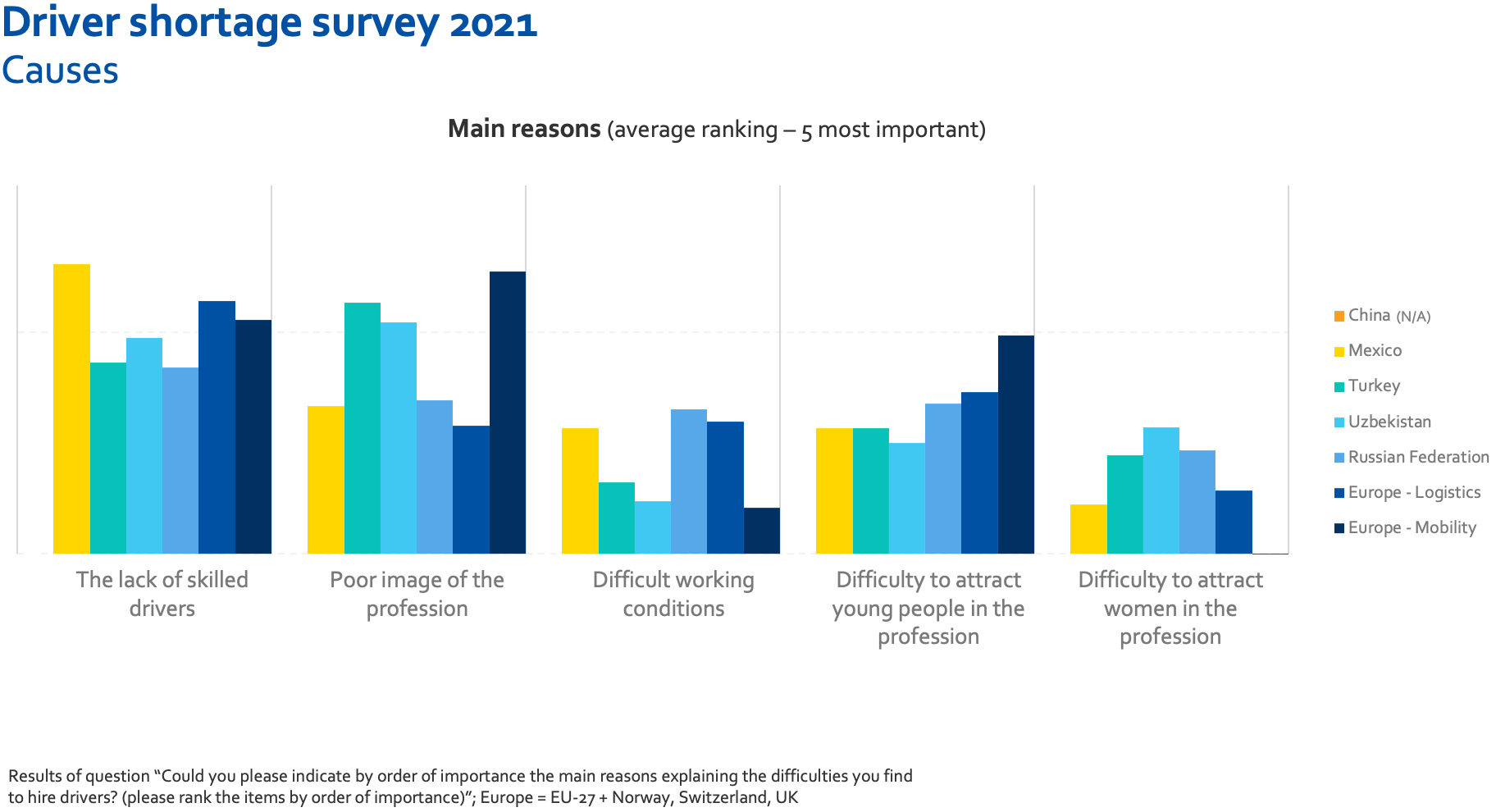In recent years, the trucking industry has been plagued with headlines declaring a significant truck driver shortage. Industry leaders and media outlets alike have been sounding the alarm, suggesting that a lack of qualified drivers is leading to widespread operational challenges and potential economic impacts. However, a closer examination reveals a more nuanced reality: the issue isn’t the number of truck drivers, but the lack of professionally trained truck drivers. This distinction is critical as it underscores the importance of professional training and skill development in ensuring the efficiency and safety of the trucking industry.
Debunking the Myth of Truck Driver Shortage
The notion of a driver shortage is often supported by data showing high turnover rates and unfilled driver positions. However, these metrics can be misleading. High turnover rates often stem from job dissatisfaction, poor working conditions, and inadequate training rather than an actual scarcity of drivers. Many individuals enter the trucking profession but leave quickly due to a lack of proper training and the challenges of the job.
There isn’t a shortage of truck drivers but a huge shortage of “professionally-trained” truck drivers, across the globe.

Moreover, the perception of a driver shortage is exacerbated by the industry’s demand for drivers to meet increasingly stringent delivery schedules. This demand is more about needing drivers with the right skills and training to handle complex logistics and less about a sheer lack of personnel. The industry isn’t facing a numeric shortage of drivers; it’s grappling with a shortage of well-trained, professional drivers who can meet the demands of modern logistics.
The Importance of Professional Driver Training to Tackle Truck Driver Shortage
Professional training for truck drivers is essential for several reasons. Firstly, it ensures that drivers have a comprehensive understanding of the technical and safety aspects of their job. This knowledge is crucial for preventing accidents, reducing cargo damage, and ensuring timely deliveries. Without proper training, drivers are more likely to make costly mistakes that can jeopardize their safety and the efficiency of the supply chain.

Secondly, professional training helps to standardize the skills and knowledge across the industry. This standardization is vital for maintaining high safety and performance levels. Drivers who undergo rigorous training are better equipped to handle various driving conditions, understand and comply with regulations, and perform their duties efficiently.
Skills Drivers Need to Gain to Be Called a Professionally Trained Driver
To be considered professionally trained, truck drivers must acquire a broad range of skills that go beyond basic driving abilities. These skills include:
- Advanced Driving Techniques: This includes maneuvering large vehicles in tight spaces, understanding vehicle dynamics, and handling adverse weather conditions.
- Regulatory Knowledge: Drivers must be well-versed in the regulations governing their work, including hours of service rules, cargo securement standards, and hazardous materials handling.
- Safety Practices: Knowledge of safety practices is crucial. This includes pre-trip inspections, understanding the mechanical aspects of the vehicle, and emergency response procedures.
- Technology Proficiency: Modern trucks are equipped with advanced technologies such as electronic logging devices (ELDs), GPS navigation, and telematics systems. Drivers must be proficient in using these tools to optimize their routes, comply with regulations, and communicate effectively with dispatchers.
- Customer Service: Truck drivers often interact with clients and need to maintain a professional demeanor, manage delivery schedules, and handle any issues that arise during transport.
Role of Technology in Improving the Skill of Truck Drivers
Technology plays a pivotal role in enhancing the skills and capabilities of truck drivers. The integration of technology in training programs and daily operations helps bridge the gap between basic and professional driving skills. Here are some ways technology is transforming truck driver training:
- Simulation-Based Training: Advanced simulators provide a safe and controlled environment for drivers to practice and refine their skills. These simulators can replicate various driving scenarios, allowing drivers to experience and learn how to handle different situations without the risks associated with real-life training.
- E-Learning Platforms: Online training modules and courses offer flexibility and accessibility, enabling drivers to learn at their own pace. These platforms often include interactive content, quizzes, and real-time feedback to enhance the learning experience.
- Telematics and Real-Time Data: Telematics systems collect and analyze data on driver performance, providing insights into driving behavior, fuel efficiency, and vehicle maintenance needs. This data can be used to tailor training programs to address specific areas where a driver may need improvement.
- Augmented Reality (AR) and Virtual Reality (VR): AR and VR technologies are being used to create immersive training experiences. These technologies can simulate complex scenarios, such as emergency procedures or difficult maneuvers, providing hands-on practice in a virtual environment.
- Mobile Apps: There are various mobile applications designed to assist drivers with route planning, regulatory compliance, and real-time communication. These apps help drivers stay organized, informed, and connected, enhancing their overall efficiency and effectiveness.
Reference Driver Skill Standards from Organizations
Professional training for truck drivers is guided by standards set by various organizations. These standards ensure that drivers possess the necessary skills and knowledge to perform their duties safely and effectively. Notable organizations that provide such standards include:
- International Road Transport Union (IRU): The IRU is a global industry association that promotes safe, secure, and efficient transport. It offers training programs and certification schemes designed to raise the professional standards of truck drivers.
- Professional Truck Driver Institute (PTDI): PTDI sets standards for truck driver training programs in North America. Their certification ensures that training schools provide high-quality education that meets industry requirements.
- National Safety Council (NSC): The NSC offers defensive driving courses and other training programs aimed at improving driver safety and reducing accidents on the road.
- Federal Motor Carrier Safety Administration (FMCSA): In the United States, the FMCSA sets regulations and standards for commercial drivers, including training requirements for obtaining a Commercial Driver’s License (CDL).
By adhering to these standards, training programs can ensure that drivers are well-prepared to meet the challenges of the job and contribute to the overall safety and efficiency of the trucking industry.
The perceived truck driver shortage is less about the number of individuals willing to drive trucks and more about the need for professional training. Investing in comprehensive training programs that equip drivers with the necessary skills and knowledge is crucial for addressing the industry’s challenges. As technology continues to evolve, it offers new opportunities to enhance training and ensure that truck drivers are prepared to meet the demands of modern logistics. By focusing on professional training, the trucking industry can overcome the so-called driver shortage and build a more efficient, safe, and resilient supply chain.






